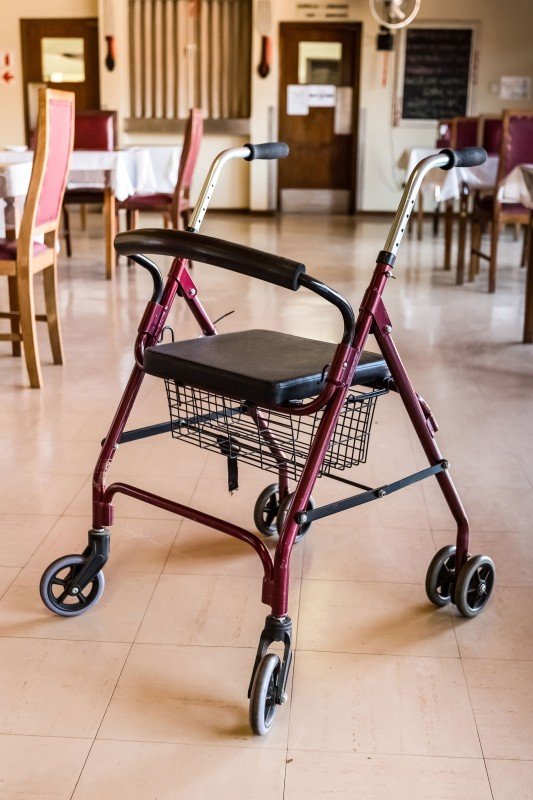Navigating the World of Mobility Scooters: A Comprehensive Guide
In a period where mobility is progressively acknowledged as an essential element of quality of life, the demand for assistive gadgets has surged. Among these, mobility scooters stand apart as a versatile and empowering option for individuals with mobility difficulties. This detailed guide looks into the world of mobility scooters, using insights into their types, benefits, acquiring factors to consider, and maintenance suggestions.
Understanding Mobility Scooters
Mobility scooters are motorized cars developed to assist individuals with mobility issues in moving around more easily and individually. They are especially helpful for those who discover strolling challenging due to conditions such as arthritis, numerous sclerosis, or post-surgical recovery. Unlike manual wheelchairs, mobility scooters need very little physical effort, making them an excellent choice for extended use.
Types of Mobility Scooters
Three-Wheel Scooters
- Pros: More maneuverable, lighter, and simpler to store.
- Cons: Less steady on rough terrain.
- Best For: Indoor and smooth outdoor surfaces.
Four-Wheel Scooters
- Pros: More stable, much better on rough surface, and can bring much heavier loads.
- Cons: Bulkier and less maneuverable.
- Best For: Outdoor use, particularly in parks and on unequal surfaces.
Portable Scooters
- Pros: Lightweight, collapsible, and simple to transport.
- Cons: Limited range and speed.
- Best For: Travel and periodic use.
Sturdy Scooters
- Pros: Built to manage much heavier users and rugged environments.
- Cons: More expensive and less portable.
- Best For: Users over 300 pounds or those who require to browse rough surface.
Standing Scooters
- Pros: Provide a standing position, which can be advantageous for users who can not sit for extended periods.
- Cons: Limited stability and variety.
- Best For: Users who prefer standing and require short-distance assistance.
Advantages of Mobility Scooters
Improved Independence
- Mobility scooters permit users to travel longer ranges without fatigue, allowing them to get involved more completely in everyday activities and gatherings.
Improved Safety
- With functions like seat belts, anti-tip wheels, and brake systems, mobility scooters provide a much safer option to manual wheelchairs and strolling help.
Comfort and Support
- Adjustable seats, backrests, and armrests make sure a comfortable ride, decreasing the pressure on the user's body.
Affordable
- While the preliminary financial investment can be substantial, mobility scooters are typically more economical in the long run compared to frequent taxi rides or specialized transportation services.
Social Inclusion
- Mobility scooters help with higher social interaction by allowing users to engage in neighborhood activities and preserve a more active way of life.
Factors to Consider When Buying a Mobility Scooter
User Needs and Abilities
- Examine the user's physical condition, mobility needs, and daily activities to figure out the most suitable type of scooter.
Size and Weight Capacity
- Make sure the scooter can accommodate the user's size and weight comfortably and securely.
Range and Speed
- Consider the common distance and speed needed for day-to-day use. Some scooters have a variety of up to 30 miles on a single charge.
Portability
- If travel is a top priority, go with a portable scooter that can be easily dismantled and carried.
Maintenance and Support
- Choose a respectable maker that provides trustworthy client service and maintenance support.
Budget plan
- Set a spending plan and check out choices that offer the very best worth for money. Think about financing senior scooters for sale near me and prospective insurance coverage.
Maintenance Tips for Mobility Scooters
Regular Cleaning
- Clean the scooter frequently to prevent dirt and particles from affecting its performance. Use buy mobility scooters and mild detergent.
Battery Maintenance
- Follow the producer's guidelines for battery charging and maintenance. Routinely check senior scooters for sale near me and prevent deep discharges.
Tire Inspection
- Examine the tires for wear and appropriate inflation. Change or repair as required to ensure a smooth and safe trip.
Lubrication
- Lube moving parts such as the chain and equipments to reduce friction and avoid wear.
Professional Servicing
- Schedule regular professional maintenance to resolve any issues and guarantee the scooter remains in ideal condition.
FAQs About Mobility Scooters
Are mobility scooters covered by insurance?
- Some insurance coverage plans, consisting of Medicare, might cover the cost of mobility scooters under specific conditions. Talk to your service provider for particular details.
Can I use a mobility scooter inside?
- Yes, numerous mobility scooters are developed for both indoor and outside use. Ensure the scooter is ideal for the type of surface areas you will be navigating.
How quickly can mobility scooters go?
- The speed differs by design, however the majority of mobility scooters have an optimal speed of 4 to 8 miles per hour.
Do I require a license to run a mobility scooter?
- In many nations, a license is not needed to run a mobility scooter. Nevertheless, it is very important to follow local regulations and traffic laws.
Can I travel with a mobility scooter?
- Lots of mobility scooters are developed to be portable and can be taken apart for travel. Talk to airlines and transport service providers for particular requirements.
Mobility scooters are a transformative tool for people with mobility obstacles, using a blend of self-reliance, safety, and convenience. By comprehending the different kinds of scooters, thinking about essential buying factors, and following upkeep best practices, users can make the many of their mobility scooter and lead a more active and satisfying life. Whether for everyday commutes or leisurely getaways, a well-chosen mobility scooter can be an important companion on the journey to enhanced mobility and lifestyle.

